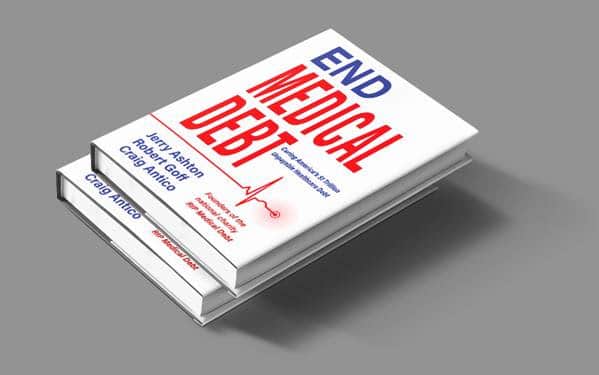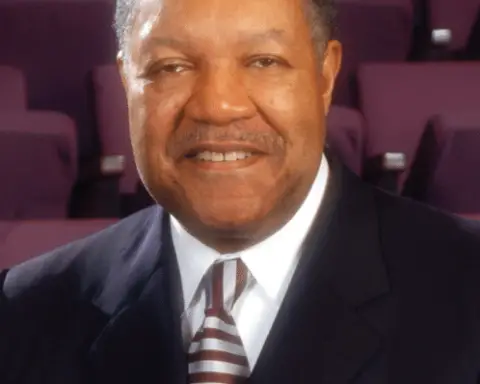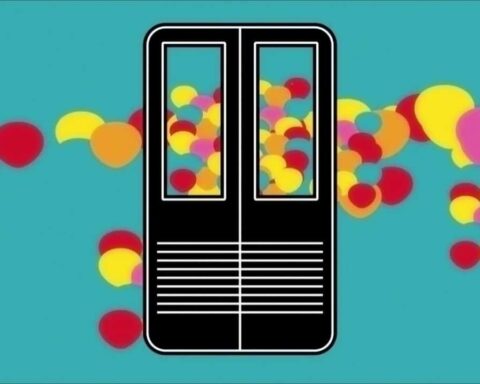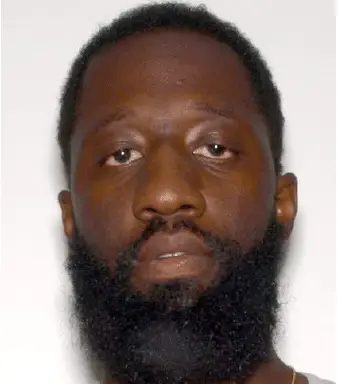A new book by Jerry Ashton, Robert Goff and Craig Antico, founders of the newsmaking national charity, RIP Medical Debt. RIP Medical Debt first came to America’s attention in 2016 when HBO’s “Last Week Tonight with John Oliver” used the charity to abolish $15 million in medical debt.
By the end of 1018, RIP will have abolished a half billion dollars in medical debt for 250,000 people in communities nationwide.
End Medical Debt, written by debt and healthcare insiders, is the first book to bypass political posturing to look clearly and realistically at the actual causes and possible cures for more than $1 trillion in unpayable medical debt in America, accumulating over the past ten years and growing. Medical debt causes hardships for individuals, families, communities, and the country.
The authors lay bare the inner workings of our healthcare system. They show how it produces medical bills that people cannot ever pay, including insured middle-class people who think they are covered.
TOO MANY ADS? GO AD-FREE
Did You Know?: The ads you see on this site help pay for our website and our work. However, we know some of our readers would rather pay and not see ads. For those users we offer a paid newsletter that contains our articles with no ads.
What You Get: A daily email digest of our articles in full-text with no ads.
They tell how the early hospitals focused on patient health evolved into healthcare conglomerates focused on patient revenue. They dissect the Affordable Care Act to show where theory and reality do not match. They expose how veterans get burdened with medical debt that effectively tells them, “No thank you for your service.”
End Medical Debt offers the three authors’ pragmatic yet differing views on such proposed solutions as promoting healthier behaviors to reduce costs and debt, or reform commercial health insurance, or impose price controls on drugs and health care services, or make Medicaid automatic all who qualify unless they opt out, “or Repeal and Replace” the Affordable Care Act (or just repeal it without replacing it), or keep the ACA but fix it, or add a “Medicare Option to the ACA for people over age 50, or enact “Medicare for All” for single-payer universal healthcare. Each author has his own viewpoint, expressed in separate chapters.
The authors disagree on all the solutions save their own one simple act of charity: Buying and forgiving medical debt. Their charity, RIP Medical Debt Debt, is halfway toward an initial goal of abolishing $1 billion in medical debt.
Forgiving medical debt is necessary, but it’t not sufficient, the authors agree. Forgiving medical debt at best is an interim solution until we Americans can agree on a better financial structure for the U.S. healthcare system. End Medical Debt is a step in that direction.
A glimpse into the big picture:
Medical debt destroys financial stability among large segments of America’s most vulnerable communities: The sick, the elderly, the poor, and veterans. People with medical debt are the “collateral damage” of a flawed healthcare, pharma and Insurance system.
Medical debt mostly targets the middle class, driving into poverty too many families already barely getting along. One in three adult Americans struggle to pay their medical bills. They cannot afford an unplanned illness or injury. An unexpected $500 out-of-pocket medical bill can cause hardship.
Higher insurance premiums and higher deductibles with shrinking coverage contribute to increasing medical debt, ranging from hundreds to hundreds of thousands of dollars. Medical debt is the number one cause of personal bankruptcy in the USA, and 75 percent of all individuals in medical bankruptcy had health insurance coverage.
One in five U.S. adults have medical debt lingering on their credit reports, including out-of-statute billing accounts sold to debt buyers, who then call to collect such “zombie debt.”
Medical debt on a credit report can prevent a person from buying or renting a home and vehicle, or even getting a job to pay off those medical bills.
Millennials at age 27, who tend to carry little or no health insurance, carry more medical debt on their high-interest credit cards than any other age group.
Patients with medical debt tend to avoid adding more debt by ignoring health problems, which worsens their health and increases their costs for care in a crisis.
The doctor of last resort too often becomes the expensive hospital emergency room, which may be out-of-network, and the desperate patients then get billed for the balance as “self-pay.” A patient or family unable to pay, even if willing, soon get pursued by unrelenting collection calls and letters.
Consumers and taxpayers ultimately foot the bill for medical debt. When hospitals and physicians have “uncompensated care,” their bad debt increases their health care charges to insurance companies and government programs like Medicare and Medicaid, which then increase their premiums, which increases hardship all around.
Physicians in private practice may not collect on unpaid accounts out of compassion for patients’ health, but putting heart over head puts their practices at risk. As a result of such pressure, almost half of all U.S. physician are now employed by hospital-owned practices, where business margins usually overrule health missions.
Unpaid and uncollectible medical bills threaten the fiscal viability of community hospitals, which are consolidating in the name of reducing cost while increasing revenues. hardest hit by unpaid bills are the urban and rural community hospitals providing “free” charity care. These institutions are subsidized by benefactors or taxpayers. Community hospitals with massive medical debt may be saved by community bailouts.
The resulting higher local taxes may make the community less desirable to businesses and homebuyers. Less local affluence attracts fewer talented care givers, perhaps only those wiling to accept lower Medicaid rates. Medical debt then contributes to both urban and rural communities turning into “healthcare deserts” without affordable care.
Medical debt permeates American society. We’ve ignored the growing problem for years. Now it’s become a crisis. We cannot ignore it. We need to talk about medical debt.
Thom Chandler
The Georgia Sun is a news and infotainment website devoted to all things Georgia.






